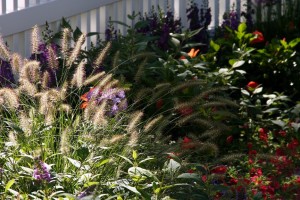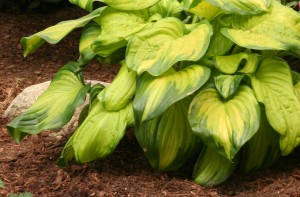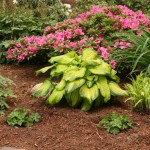
According to the US Department of Agriculture’s hardiness zone map, we are Zone 6-A, and I always thought we were 7- see, we can learn something new every day! Though nothing is perfect, there are pros and cons to this map- such as-that it does a fine job of delineating the garden climates of the eastern half of North America. That area is comparatively flat, so mapping is mostly a matter of drawing lines approximately parallel to the Gulf Coast every 120 miles or so as you move north. The lines tilt northeast as they approach the Eastern Seaboard. They also demarcate the special climates formed by the Great Lakes and by the Appalachian mountain ranges.-which is a good thing. With a pro there is usually a con, and here it is- In the eastern half of the country, the USDA map doesn’t account for the beneficial effect of a snow cover over perennial plants, the regularity or absence of freeze-thaw cycles, or soil drainage during cold periods. And in the rest of the country (west of the 100th meridian, which runs roughly through the middle of North and South Dakota and down through Texas west of Laredo), the USDA map fails. So as with anything, you have to use your best judgement.
Here are a few things that you can do to start getting things ready for Spring!
Get your tools ready! Clean them up-wash them with a light abrasive sponge and get all the remaining dirt off of them, dry them and lightly oil them up. Sharpen any cutting tools that you have so that cuts are clean and easy. (of course, you did this already this Fall when you put them away)
Prune trees and shrubs, both ornamentals and fruit
Check flower beds for plants that may have heaved
Fluff up the mulch in your beds, and if you have some on hand, replace as needed
Check outside plants and trees for animal damage
Cut some branches for forcing indoors-I like Forsythia- to me that says that Spring can’t be far away
Rejuvenate holly bushes with a hard pruning
Cut back your ornamental grasses-I find that tying them makes it easier
Check evergreens for sign of desiccation (drying out) – hope you had us come out and spray them with an Anti-desiccant this past Fall-
Start seeds of cool season vegetables and flowers
This is also a good time to check your houseplants for any pests and finish up your catalog seed and plant orders-I say- get out there and get those hands dirty!!
If you have any questions or comments, we welcome you to post them in the comment box below-
[facebook]





